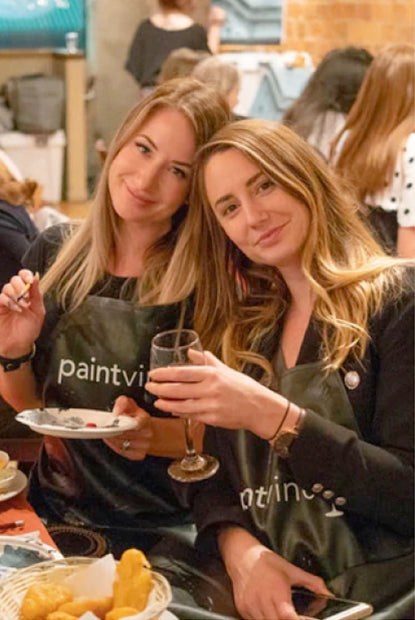
Nature has long been a source of inspiration for artists - and sometimes, it offers more than just visual inspiration. Some plants quite literally change colour before our eyes, responding to shifts in their environment in surprising ways.
From colour-changing blooms to homemade inks, here's a closer look at the chemistry behind nature’s palette.
Hydrangeas: A Living pH Experiment
Hydrangeas are well known for their ability to change colour depending on the pH of the soil they grow in. In acidic soil (low pH), they tend to produce blue flowers; in alkaline soil (high pH), the same plant may bloom pink or purple.
Gardeners can adjust the soil’s acidity using aluminium sulfate (to lower pH and encourage blues) or lime (to raise pH for pinks). Even household vinegar can slightly acidify the soil, nudging hydrangeas toward cooler tones. It’s a fascinating example of chemistry in action - and one that can transform a garden bed into a natural gradient of colour!
Red Cabbage: From Kitchen Staple to Natural Dye
Red cabbage might not seem particularly artistic at first glance, but it contains anthocyanin, a natural pigment that changes colour based on pH. This makes it incredibly useful as a natural ink, edible food colouring, or fabric dye.
To make your own red cabbage dye or ink:
- Chop half a red cabbage and simmer it in small amount of water for 15–20 minutes. You want to maximise the cabbage and minimise the water for a deeper colour.
- Strain the liquid to extract a rich, deep purple pigment.
- Mix with various household ingredients to see the colour change:
- Add lemon juice or vinegar for pink/red tones.
- Add baking soda for blue or green.
- Use it as-is for purple.
This pigment can be used to tint food and drinks, create ink you can use for painting on paper, or dye natural fabrics like cotton and linen.
One fun (and edible!) thing you can do with this is make unicorn noodles. All you need to do is cook vermicelli or rice noodles in the cabbage water, and they’ll absorb the rich purple-blue hue. If you want them to be more of a green/teal colour, simply add a pinch of baking soda into the cabbage water before cooking the noodles.
The real magic happens when you serve them: add a squeeze of lemon or lime juice for a vibrant pink effect, or sprinkle a little baking soda to turn them blue or green. Yum and fun!
While natural colours are fun to experiment with, it’s worth noting they’re not especially lightfast, and they will fade over time, especially when exposed to sunlight or washing. For more durable results on fabric, mordants (like alum) can help fix the dye, and there’s heaps of great guidance online for those keen to dive deeper into natural dyeing - hello Google!
Why Do They React Differently?
Interestingly, vinegar causes red cabbage to turn pink, but it helps hydrangeas turn blue. The reason lies in the different pigments at play.
In red cabbage, anthocyanins react to acids by shifting towards the red end of the spectrum. In hydrangeas, the pigment delphinidin reacts with aluminium ions in acidic soil to produce blue tones. So while the chemical conditions may be similar, the pigments respond in opposite ways - a reminder of just how complex and nuanced colour can be!
Mixing Colours - Naturally and on Canvas
Exploring how colours shift and react in nature is a great way to spark creativity. Whether you’re experimenting with natural dyes at home or mixing paint on a palette, there’s something deeply satisfying about seeing colours transform.
At Paintvine, we’re all about encouraging creativity - no experience needed. Our events give you the space to experiment, mix colours, and explore your artistic side in a fun, relaxed setting. Who knows? Your next masterpiece might just be inspired by the chemistry of a cabbage.

